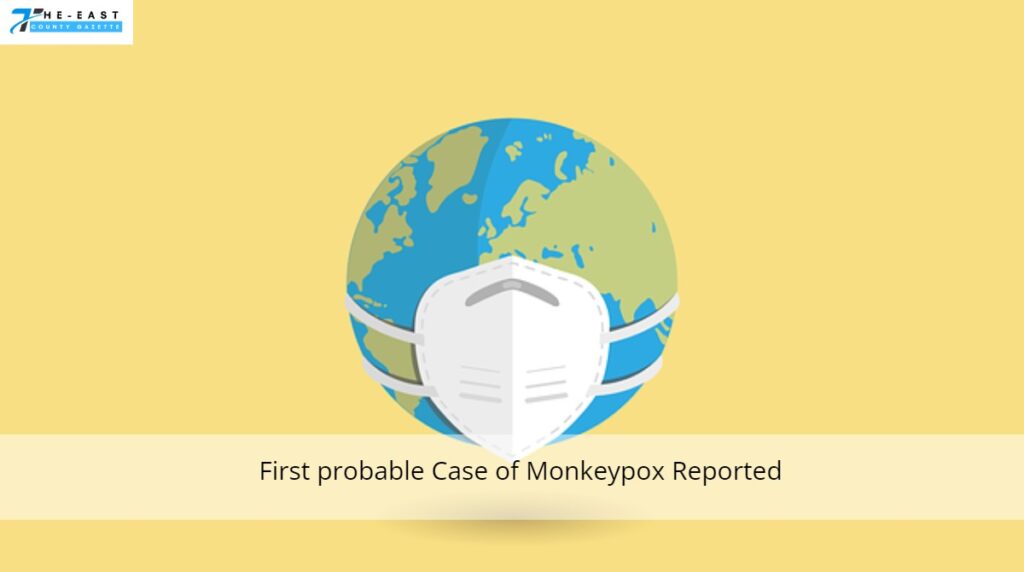According to the Southern Nevada Health District, Clark County has been affected by the monkeypox outbreak in the United States, with a presumed positive case being recorded in a local male who recently traveled within the country.
The 20-year-old man is in isolation at home and wasn’t admitted to the hospital. The case was discovered through the presentation of lesions and testing by the Nevada State Public Health Laboratory, and the health district is working with the Centers for Disease Control and Prevention to carry out confirmatory testing.
Through its inquiry and contact tracing, the district has not located any additional cases. According to Kimberly Franich, the district’s communicable disease manager, “I think it’s important to understand that the community risk is low at this time.”
As opposed to COVID, the transmission path is different, she declared. “It is through prolonged face-to-face exposure or close skin-to-skin contact.” She advised anyone with unidentified rashes or lesions to get in touch with their doctor for a diagnosis and to refrain from having sex or being intimate.

According to the district, monkeypox can be transferred by prolonged face-to-face contact, sexual activity, close physical contact with infectious monkeypox sores, bodily fluids, contact with objects or fabrics that have been used by someone with monkeypox, and sexual intercourse.
It is unknown if the virus transmits by semen or vaginal fluids, according to the CDC. In a briefing on June 3, CDC officials stated that men who identify as having sex with men and recent international travelers made up the majority of the cases in the United States. Rashes often started in the genital region in these circumstances.
The risk applies to anyone who has had close contact with a person who has monkeypox. According to the CDC, as of Tuesday, there were 72 confirmed cases of the uncommon virus in the United States spread across 17 states and the District of Columbia. According to the government office, there have been 1,879 confirmed cases worldwide in 35 nations where monkeypox is rare.
CDC official Kristen Nordlundconfirmed in an email, there have been no deaths in the United States as a result of monkeypox. An initial fever, headache, muscle aches, and tiredness are signs of the infection. A rash that develops into lesions and swollen lymph nodes are two features of the illness. The lesions could hurt and leave scars. The condition typically lasts for two to four weeks.
The health district claims that the majority of persons who catch monkeypox will only experience a moderate illness. Those with specific skin problems, young children, pregnant or nursing women, and immunocompromised individuals may be at higher risk for serious illness.
According to the CDC, people with monkeypox are being treated with antiviral medications created to treat smallpox, a more dangerous condition in the same virus family. Contacts of monkeypox patients are receiving vaccines designed to prevent smallpox, which was eradicated globally by 1980. Authorities believe that vaccination may assist to prevent monkeypox or lessen its severity after exposure, in addition to protecting against it before exposure.
When two outbreaks of a disease resembling pox occurred in colonies of monkeys housed for research, the name “monkeypox” was first coined in 1958. In the Democratic Republic of the Congo, the first case of monkeypox on a human was documented in 1970.
Numerous nations in Central and West Africa frequently experience monkeypox outbreaks. Cases in persons outside of Africa are frequently linked to foreign travel or imported animals. The CDC claims that non-human primates like monkeys and African rodents may harbor the virus and spread it to humans.
47 confirmed and probable cases of monkeypox were recorded during the previous outbreak in the United States in 2003, all of which were brought on by contact with pet prairie dogs. According to the CDC, the pets became sick after being housed with imported small mammals from Ghana. This was the first instance of human monkeypox outside of Africa.

